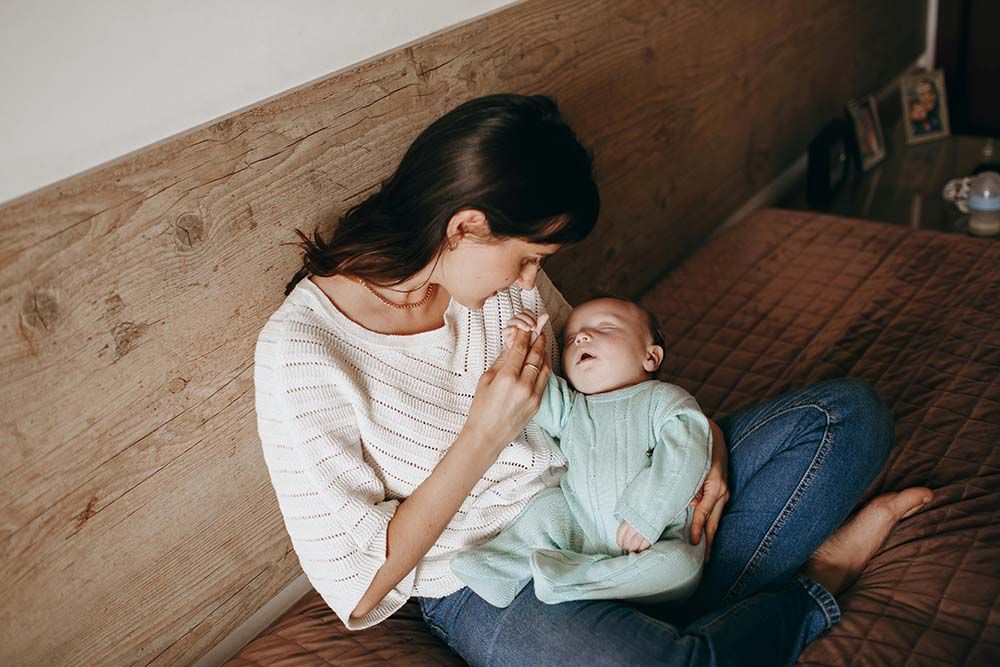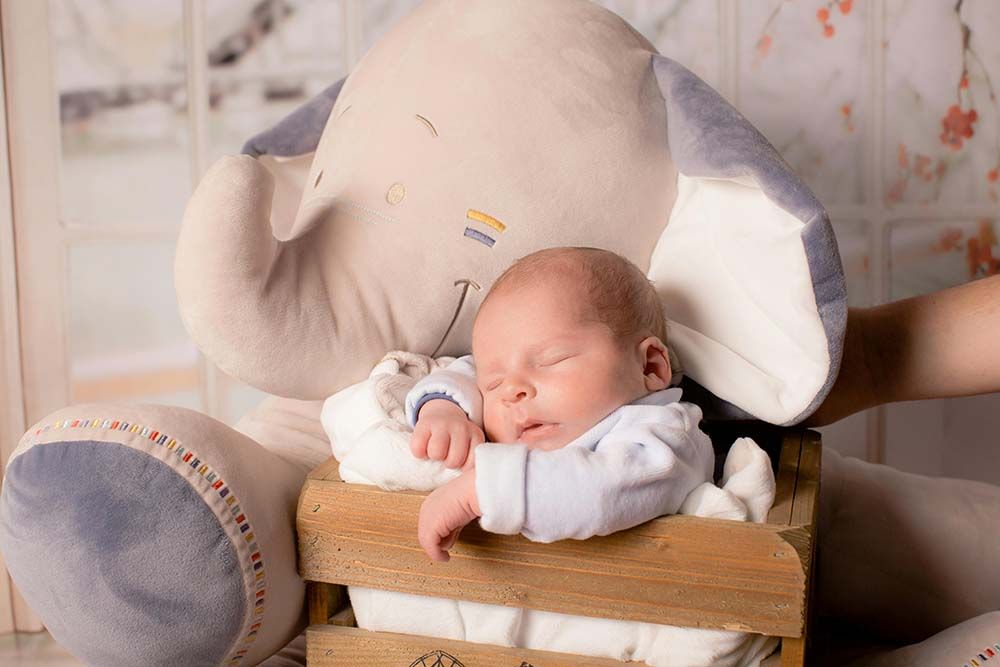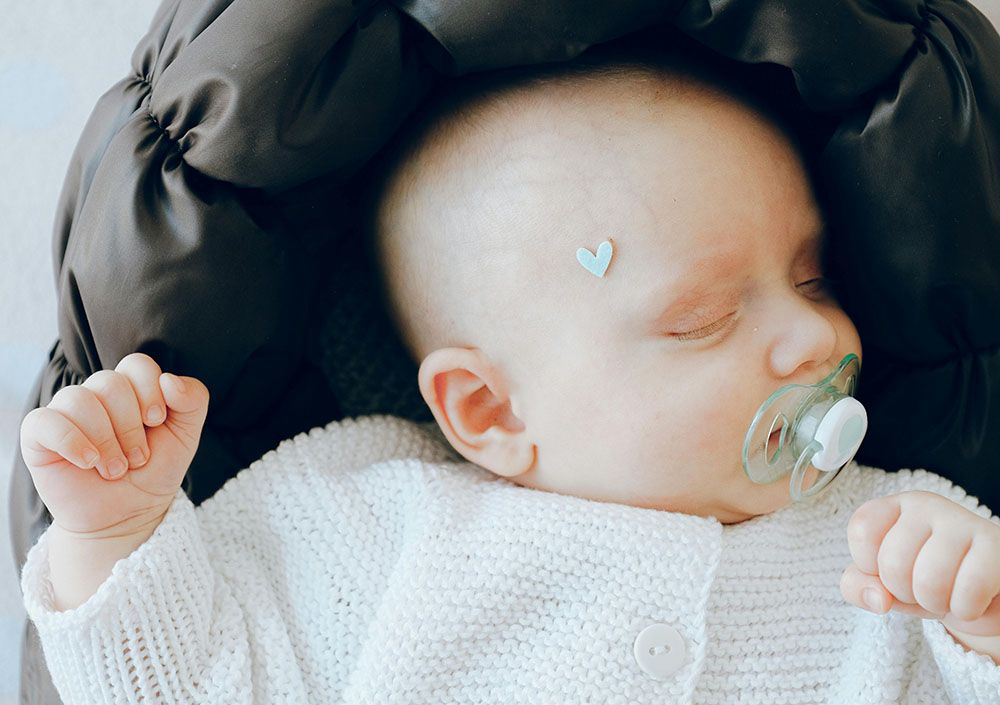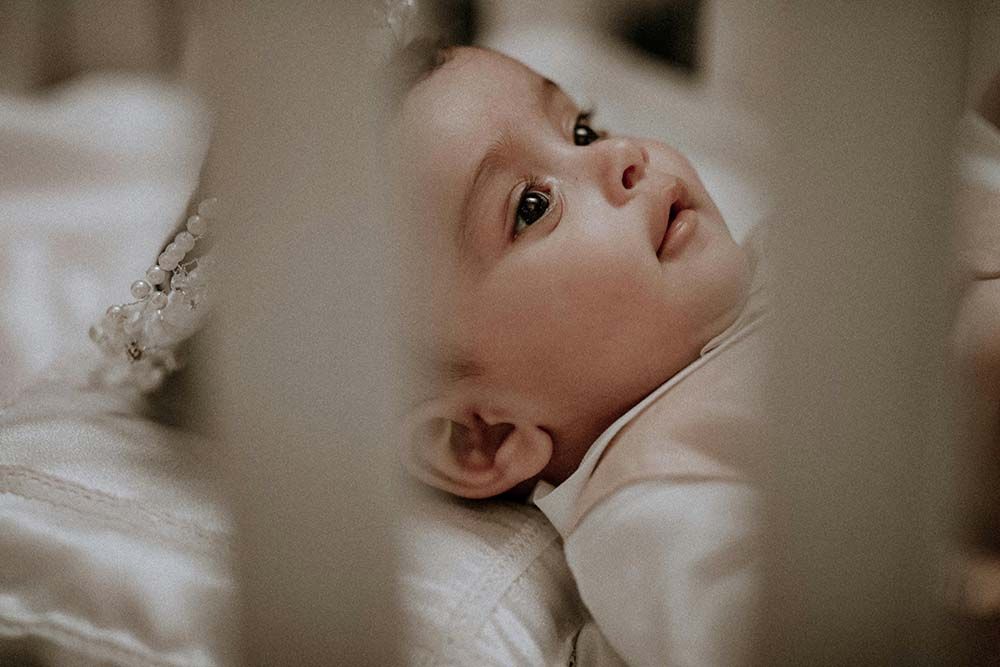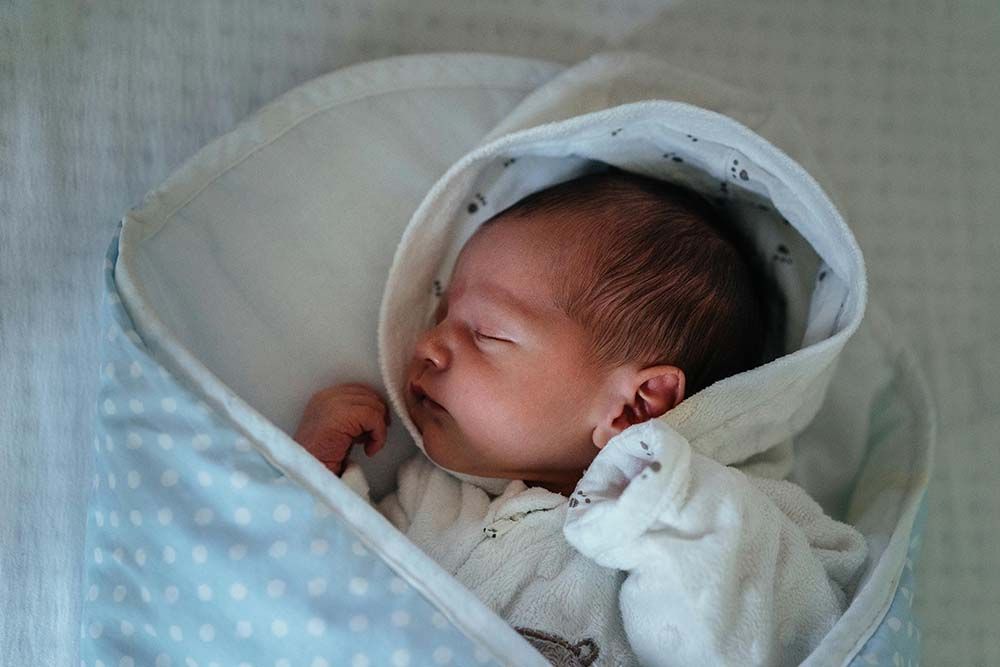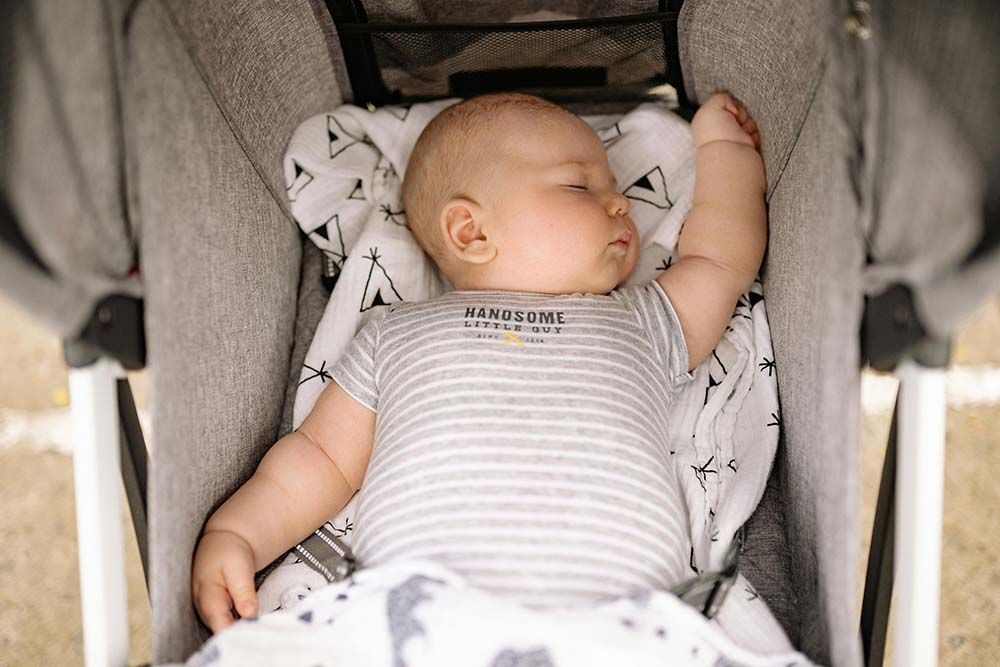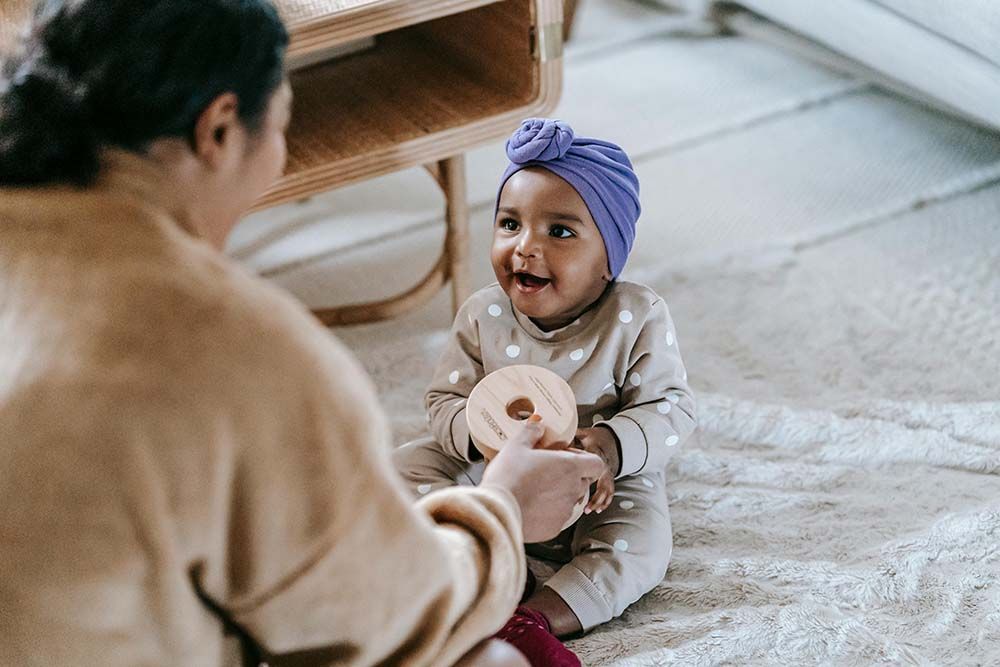

As your toddler reaches the milestone of 2 years old, sleep patterns and schedules may begin to evolve significantly. This period is marked by a greater sense of independence, an expanding imagination, and occasional resistance to sleep. Understanding how to structure their day with appropriate sleep windows, naps, and bedtimes is crucial for promoting healthy sleep habits and overall well-being.
At this time, as baby grows more self-awareness, finding a suitable sleep schedule can be a challenge for parents. However, with the Moonycare app, you can generate a customized sleep schedule tailored to your baby's specific needs, making it easier to address sleep-related issues.
IN THIS ARTICLE:
What are Wake Windows for a 2 Year Old?
A Sample Sleep Schedule for 2 Year Old Babies
How Much Should a 2 Year Old Sleep?
How Long Should a 2 Year Old Nap?
What Time Should a 2-Year-Old Go to Bed?
What Should I Do If my Baby Has Major Separation Anxiety?
Can you Sleep Train a 2-Year-Old?
Is there Sleep Regression for 2 Year Old Babies?
What are Wake Windows for a 2-Year-Old?
Wake windows become more extended as your child grows. By the age of 2, most toddlers are comfortable with wake windows ranging from 4 to 6 hours. However, these windows can vary depending on the child's temperament and energy levels. A proper management of wake windows can help your child to build up enough sleep pressure to easily fall asleep at night.
Sample 2-Year-Old Sleep Schedule
Establishing a consistent sleep schedule for your 2-year-old can greatly influence their sleep quality and overall behavior. Here's a sample schedule:
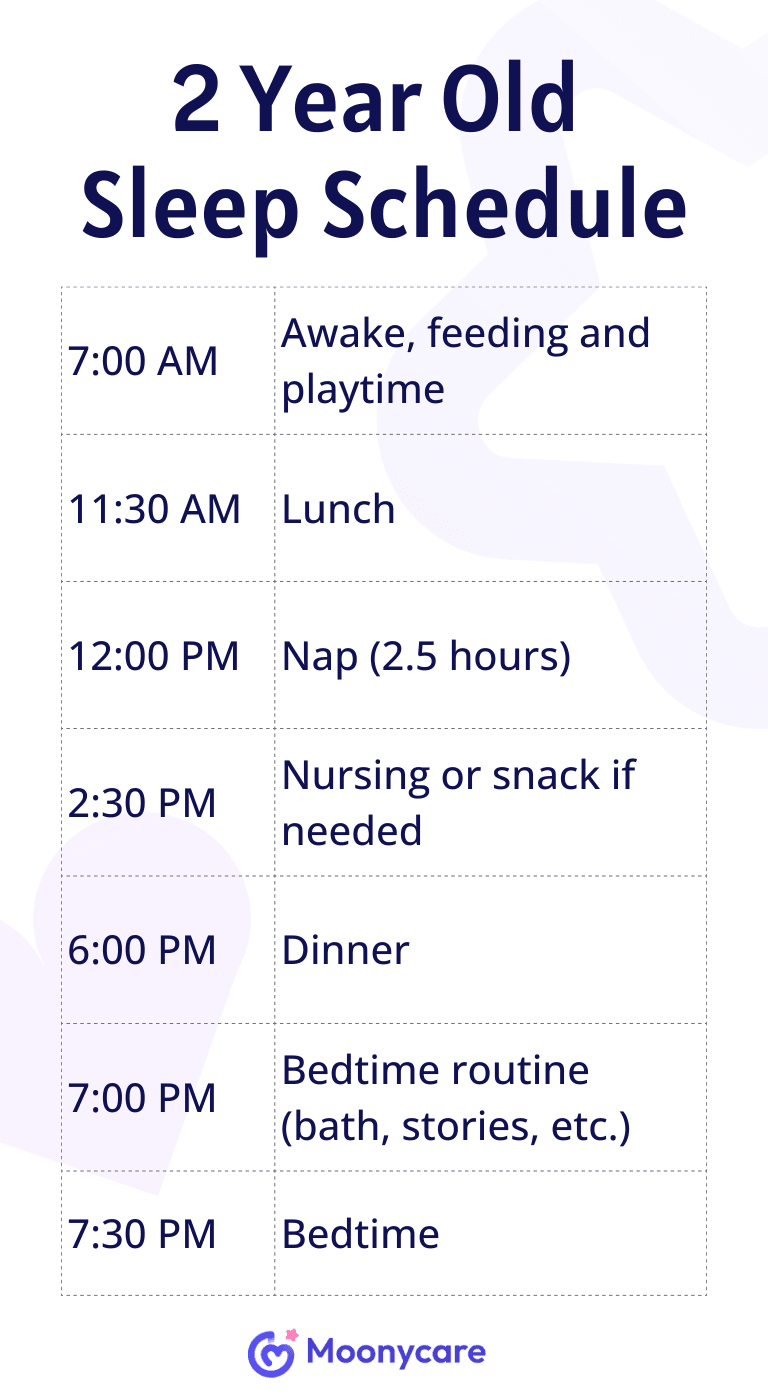
This sample schedule offers a balanced day, ensuring your child is ready for both naps and nighttime sleep. However, you don't have to follow the schedule strictly; it's perfectly fine if your baby sleeps slightly less or more. The key is to find a routine that works best for your little one and supports their overall sleep needs.
How Much Should a 2-Year-Old Sleep?
At 2 years old, toddlers typically need about 11 to 14 hours of sleep per day, divided between nighttime sleep and a daytime nap. The majority of this sleep will happen overnight, with around 10 to 12 hours of uninterrupted sleep. The remaining hours will usually be fulfilled during a single daytime nap.
How Long Should a 2-Year-Old Nap?
As children transition into their second year, they typically consolidate their naps into one longer session. This nap usually occurs in the early afternoon, lasting between 1.5 to 2 hours. However, the exact duration can vary depending on your toddler's individual sleep needs. A nap that is too short may leave your child overtired by bedtime, while a nap that is too long could interfere with nighttime sleep.
What Time Should a 2-Year-Old Go to Bed?
Bedtime for a 2-year-old typically falls between 7:00 PM and 8:00 PM. This timing ensures that your toddler gets enough sleep overnight, aligning with their natural sleep rhythms. It's important to establish a consistent bedtime routine that signals the end of the day and helps your child unwind. This routine might include activities like taking a bath, reading a story, and dimming the lights to create a calming atmosphere. Stick to it, and it will help reinforce healthy sleep habits to your baby.
What Should I Do If My Baby Has Major Separation Anxiety?
Separation anxiety can peak around the age of 2, making bedtime particularly challenging. To ease this anxiety, you can try leaving a comforting object with your child at bedtime, like a favorite stuffed animal or blanket. Gradual separation techniques, where you slowly increase the distance between yourself and your child at bedtime, can also be effective in helping them feel secure.
Sleep Train a 2-Year-Old
Sleep training at 2 years old can be more about reinforcing good habits rather than starting from scratch. Techniques such as the "gradual retreat" or "check and console" methods can be effective. The goal is to teach your toddler how to fall asleep independently, which will help them to self-soothe if they wake up during the night.
Gradual retreat involves slowly moving away from your toddler's bedside over the course of several nights until they can fall asleep without your presence. On the other hand, the check and console method allows you to comfort your child at intervals if they're having trouble settling down.
Sleep Regression of a 2-Year-Old
Sleep regressions are common at various stages of development, and the 2-year mark is no exception. This period often coincides with significant milestones, such as the emergence of new language skills or increased mobility, which can temporarily disrupt sleep. Additionally, the desire for independence and a blossoming imagination can lead to bedtime resistance or nighttime wakings.
To manage this regression, it's important to stay consistent with bedtime routines and be patient. Offering comfort while maintaining boundaries will help your toddler navigate this challenging phase.
2-Year-Old Sleep Tips
To help your baby enjoy restful and restorative sleep, here are some tips may be helpful:
1. Maintain Consistency: The key to solid sleep habits lies in consistency. Establish regular wake-up and bedtime hours, even on weekends, to regulate your toddler's internal clock.
2. Craft a Calming Bedtime Routine: Introduce a predictable, calming bedtime routine. It serves as a transition from the excitement of the day to the peacefulness of night, helping your child relax and prepare for sleep.
3. Limit Sugar and Caffeine: Avoid sugary snacks and beverages containing caffeine, as these can overstimulate your child and make it harder for them to fall asleep. If needed, a light, healthy snack will be better.
4. Optimize the Sleep Environment: Ensure your child's bedroom is dark, quiet, and at a comfortable temperature. Blackout curtains can block out light, while a white noise machine can mask disruptive sounds, creating a soothing environment conducive to sleep.
5. Be Mindful of Napping: A nap that occurs too late in the day can make it harder for your child to fall asleep at bedtime. Stick to a consistent nap schedule to ensure that your toddler is sufficiently tired by bedtime.
6. Address Bedtime Fears: At this age, toddlers may begin experiencing fears or anxieties that can disrupt their sleep. A nightlight, a comfort object like a favorite stuffed animal can help alleviate these fears.
7. Stay Patient and Flexible: Sleep challenges are common at this age, and what works for one child may not work for another. Be patient and willing to adjust routines as needed.





